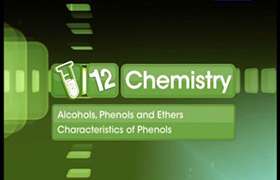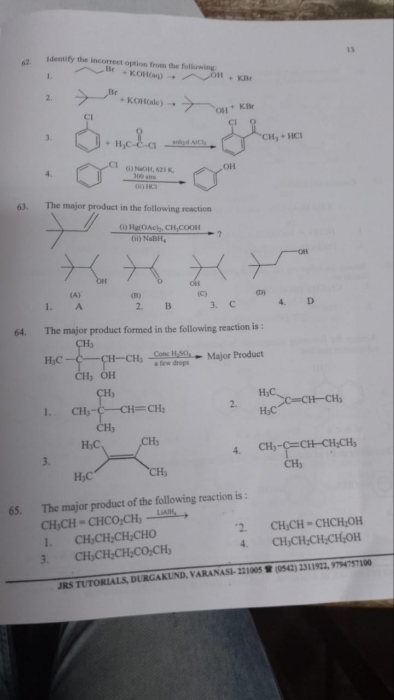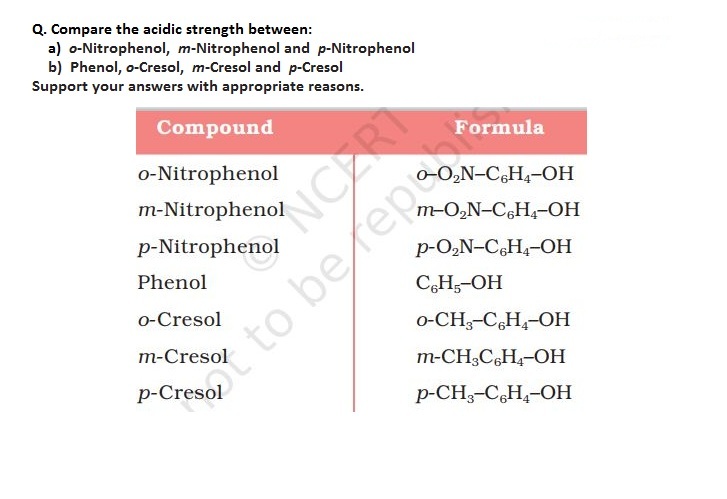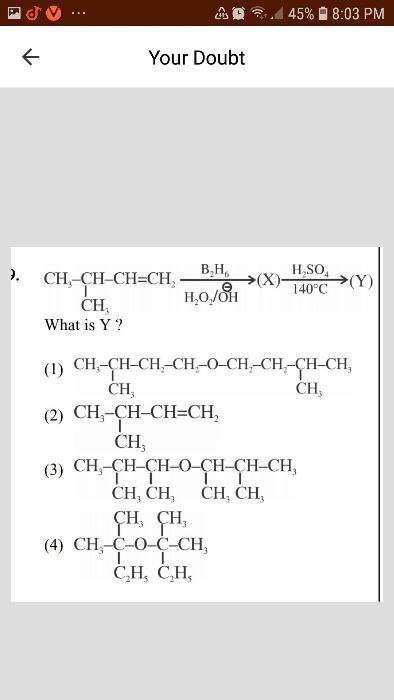CBSE Class 12-science Answered
enantiomeric excess = (specific rotation of the mixture/ specific rotation of the pure enantiomer in excess) 100
The enantiomeric excess can be determined in another way if we know the amount of each enantiomer produced. If one knows the moles of each enantiomer produced then:
enantiomeric excess = (moles of major enantiomer - moles of other enantiomer / Total moles of both enantiomers) 100
- Determine the enantiomeric excess of the major isomer
- Subtract that excess from 100 to get the percent of the mixture that is racemic
- Divide the racemic % in step 2 by 2
- Add the result of step 1 to step 3 to get the total % of the isomer in excess
- The answer in step 3 would be the % composition of the minor enantiomer.
When an optically active substance is present in the beam, it rotates the polarization of the light reaching the analyzer so that there is a component that reaches the detector. The angle that the analyzer must be rotated to return to the minimum detector signal is the optical rotation, α.
The amount of optical rotation depends on the number of optically active species through which the light passes, and thus depends on both the sample path length and the analyte concentration. Specific rotation, [α], provides a normalize quantity to correct for this dependence, and is defined as:
[α] = ---α---
l * d
where α is the measured optical rotation in degrees, l is the sample path length in decimeters (dm), and d is the density if the sample is pure liquid, or the concentration if the sample is a solution. In either case, the units of d are g/cm3.











